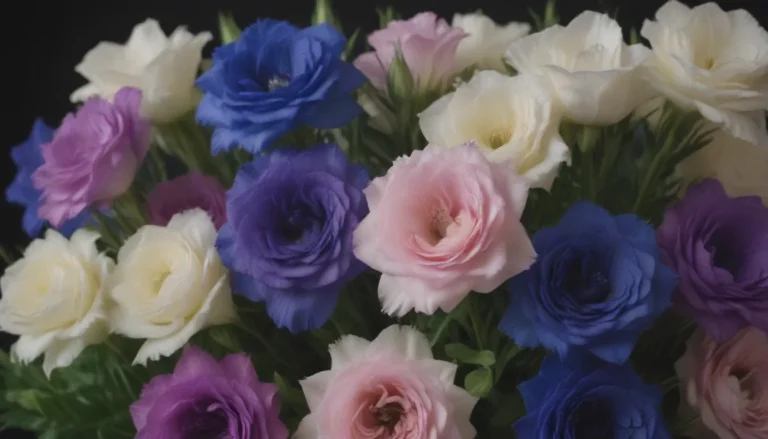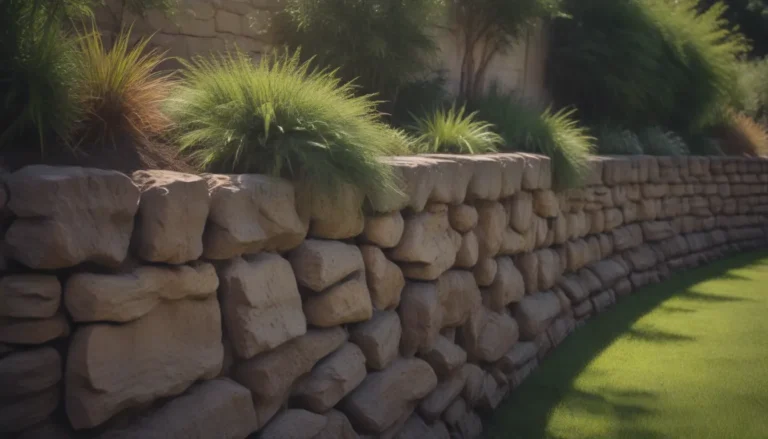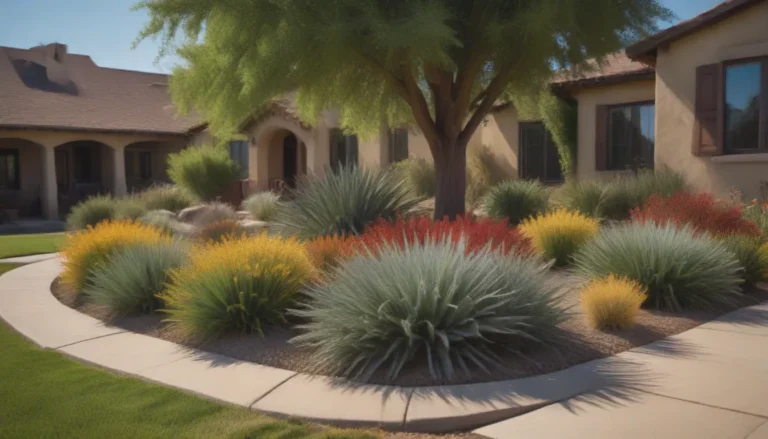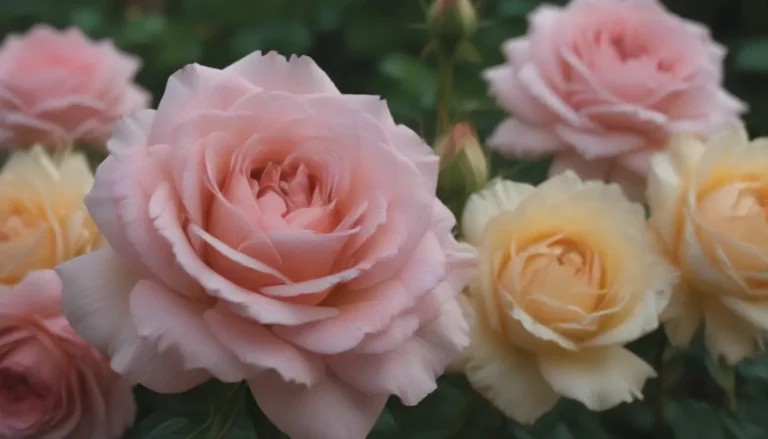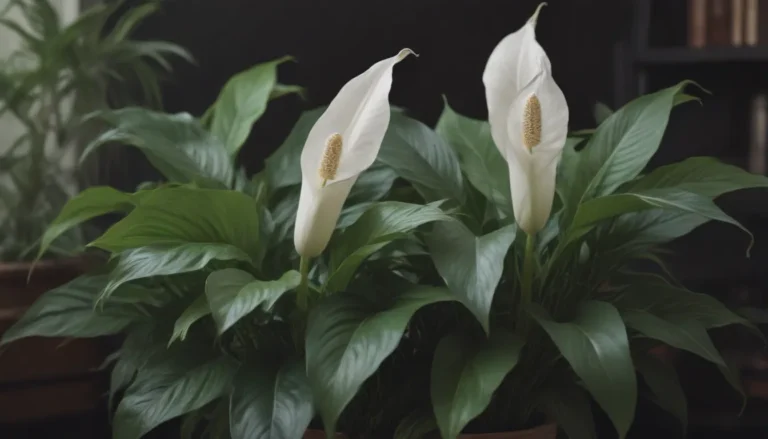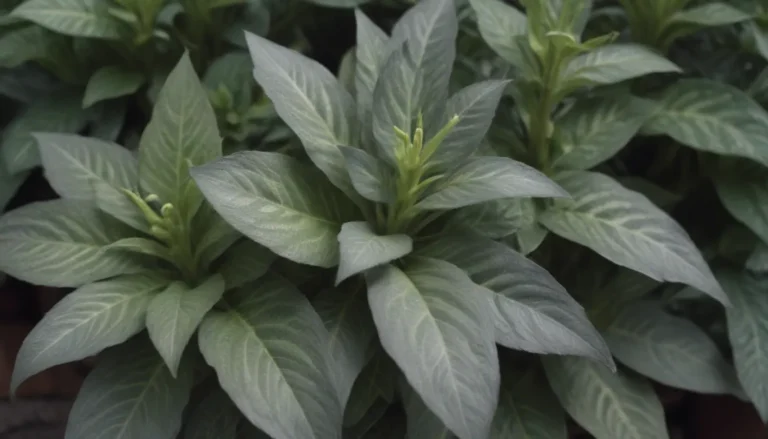Comprehensive Guide to Growing and Caring for Japanese Camellia
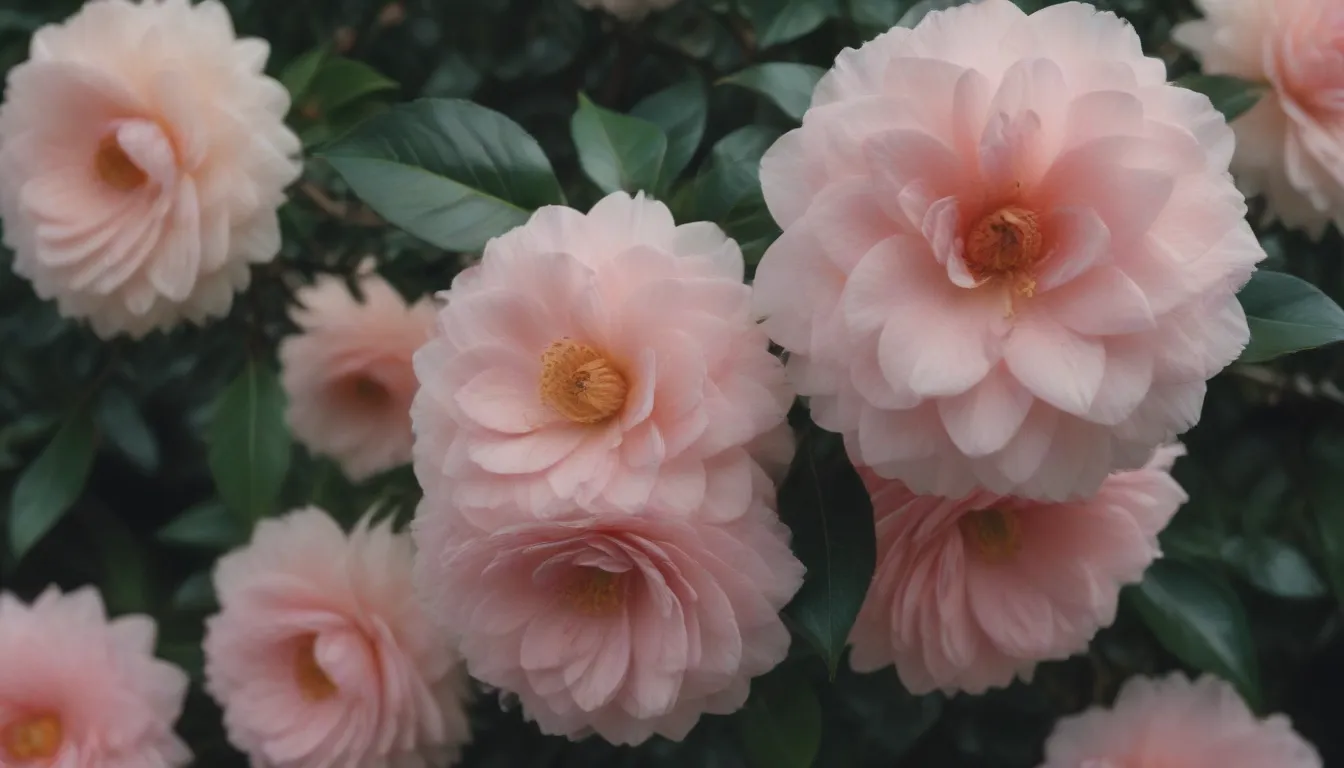
Are you looking to add a touch of elegance to your garden with beautiful blooms in the winter and early spring? Japanese camellia might just be the perfect addition for you! This compact, long-lived shrub is a favorite among gardeners for its dark, glossy foliage and stunning flower clusters in a wide range of colors. In this comprehensive guide, we will walk you through everything you need to know to grow and care for Japanese camellias successfully.
Why Japanese Camellia?
Camellias are popular plants known for their showy blooms, and the Japanese camellia, in particular, has captured the hearts of many garden enthusiasts. Here are a few reasons why you should consider adding Japanese camellias to your garden:
- Compact and long-lived shrub
- Beautiful flower clusters in various colors
- Attracts pollinators and songbirds
- Can be grown and overwintered in pots below USDA zone 7
Varieties of Japanese Camellia
Japanese camellias come in thousands of varieties with various bloom times, sizes, and petal forms. Some popular options include:
- ‘Betty Sheffield Supreme’
- ‘Carter’s Sunset’
- ‘Korean Fire’
- ‘Kramer’s Surprise’
Japanese Camellia Care
Caring for Japanese camellias requires attention to detail, as these shrubs are particular about their growing conditions. Here are the essential care requirements for growing a healthy Japanese camellia:
Light
Japanese camellias thrive in light shade and require protection from intense, direct afternoon sun.
Soil
These shrubs prefer a well-drained, nutrient-rich, moist, and slightly acidic soil. If your soil does not meet these conditions, consider growing Japanese camellia in a container.
Water
Japanese camellias need consistent moisture to produce healthy blooms. Mulching around the base of the plant can help retain moisture.
Temperature and Humidity
Japanese camellias are sensitive to sudden temperature changes. Select a site with adequate shelter against cold winter winds.
Fertilizer
To promote healthy blooms and foliage, apply a high-potassium fertilizer monthly during the summer. Use a slow-release nitrogen-rich fertilizer in the spring. Follow product label instructions for the right amounts.
Pruning and Propagating Japanese Camellia
Pruning
Japanese camellia typically does not require much pruning, except to remove dead or damaged branches after flowering. Avoid excessive pruning, as it may spoil the plant’s natural shape.
Propagating
Home gardeners can successfully propagate Japanese camellia using the layering technique, where the new plant forms roots while still attached to the original plant.
Growing Japanese Camellia in Pots
If you prefer growing Japanese camellias in containers, make sure to use a well-draining soil mixture and provide adequate drainage holes in the pot. Regular watering, fertilizing, and repotting every two to three years are essential for potted Japanese camellias.
Overwintering Japanese Camellia
In regions with mild winters, Japanese camellias can remain outdoors with proper insulation for the roots. In colder climates, overwintering in containers indoors is recommended to protect the plant from freezing temperatures.
Common Pests & Plant Diseases
Japanese camellias are susceptible to fungal diseases and pests like aphids, planthoppers, and spider mites. Regular inspection and prompt treatment can help prevent diseases and pest infestations.
How to Encourage Blooming
Japanese camellia blooms at different times, depending on the variety. By providing the right light, temperature, and fertilizer, you can encourage healthy blooms. Pruning after flowering and deadheading faded flowers can also promote more blooms.
Common Problems and Solutions
Issues like bud drop and yellow leaves may arise with Japanese camellias. Maintaining proper moisture levels, soil acidity, and nutrient balance can help address these problems and keep your plants healthy.
In conclusion, Japanese camellias are stunning shrubs that can add beauty and elegance to any garden. By following the care tips outlined in this guide, you can ensure that your Japanese camellias thrive and delight you with their gorgeous blooms year after year. Remember to pay attention to their specific growing requirements and address any issues promptly to enjoy a successful gardening experience with these lovely plants. Happy gardening!
